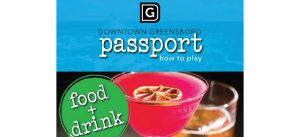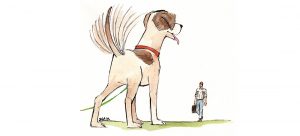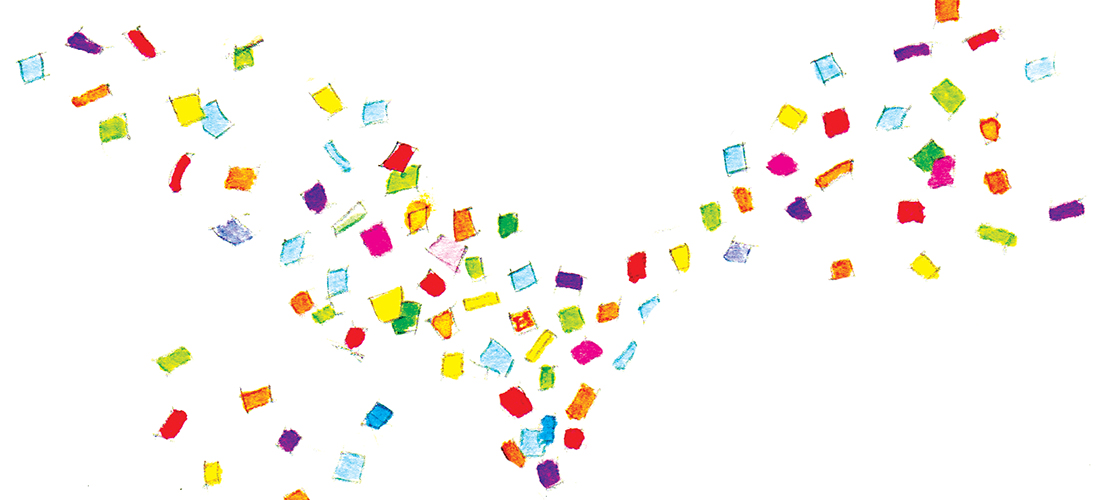
Oh, the lengths we’ll go to find — and keep it — for a little while
By Cynthia Adams
I’ve been on a quest about happiness for a long time. Not a project, not a preamble, just a working definition that would illuminate the good life. When it comes to capturing what Psychology Today deemed “that elusive state,” and Thomas Jefferson declared the inalienable right (!) I’ve discovered some detours on the road to happiness.
I even met a guru named Gaura.
Thank Jefferson for my obsession. And ad man Charles Saatchi for declaring he was more interested in the happiness of pursuit.
Here’s a roadmap.
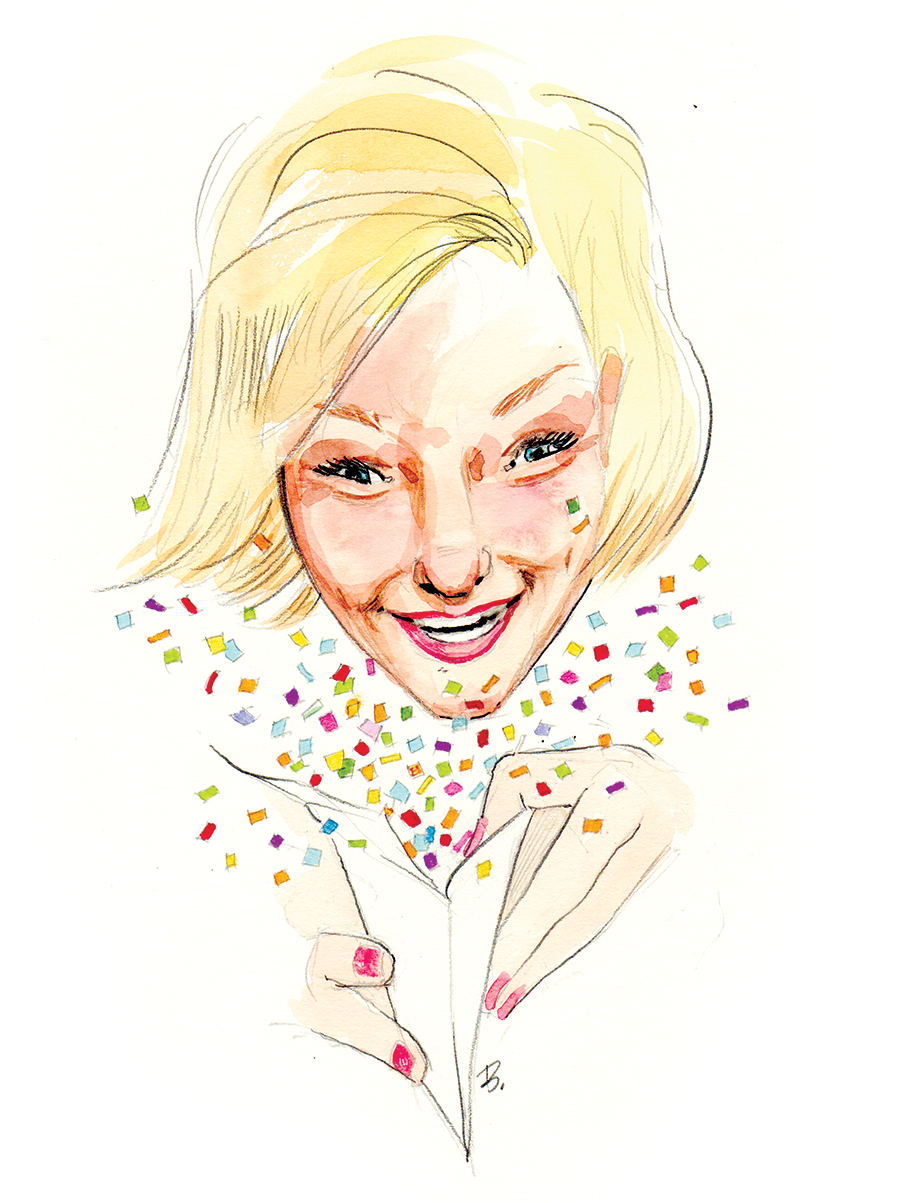
1. Avoid the Unpleasant
Live long enough, and you’ll learn a few things. Here is what I am certain does not make you happy:
• Drinking pickle juice. (I did this to promote my gut biome.)
• Investing in a new nose unless it is a red clown nose. (Surgery for a deviated septum left me admittedly improved, but the Bob Hope-like ski slope nose did not leave me sniffing the sweet smell of success like Hope.)
• Impulsive experimentation with hair styles and color. (I did this during a winter funk. It deepened my funk.)
• Shopping sprees — unless it is to buy various brands of ice cream. (More on that later.)
• Mediums in the road. A Montgomery County farmer gave me directions admonishing me to strictly avoid “that thar medium in the road.” He probably meant median, but I skirt them thereafter nonetheless.
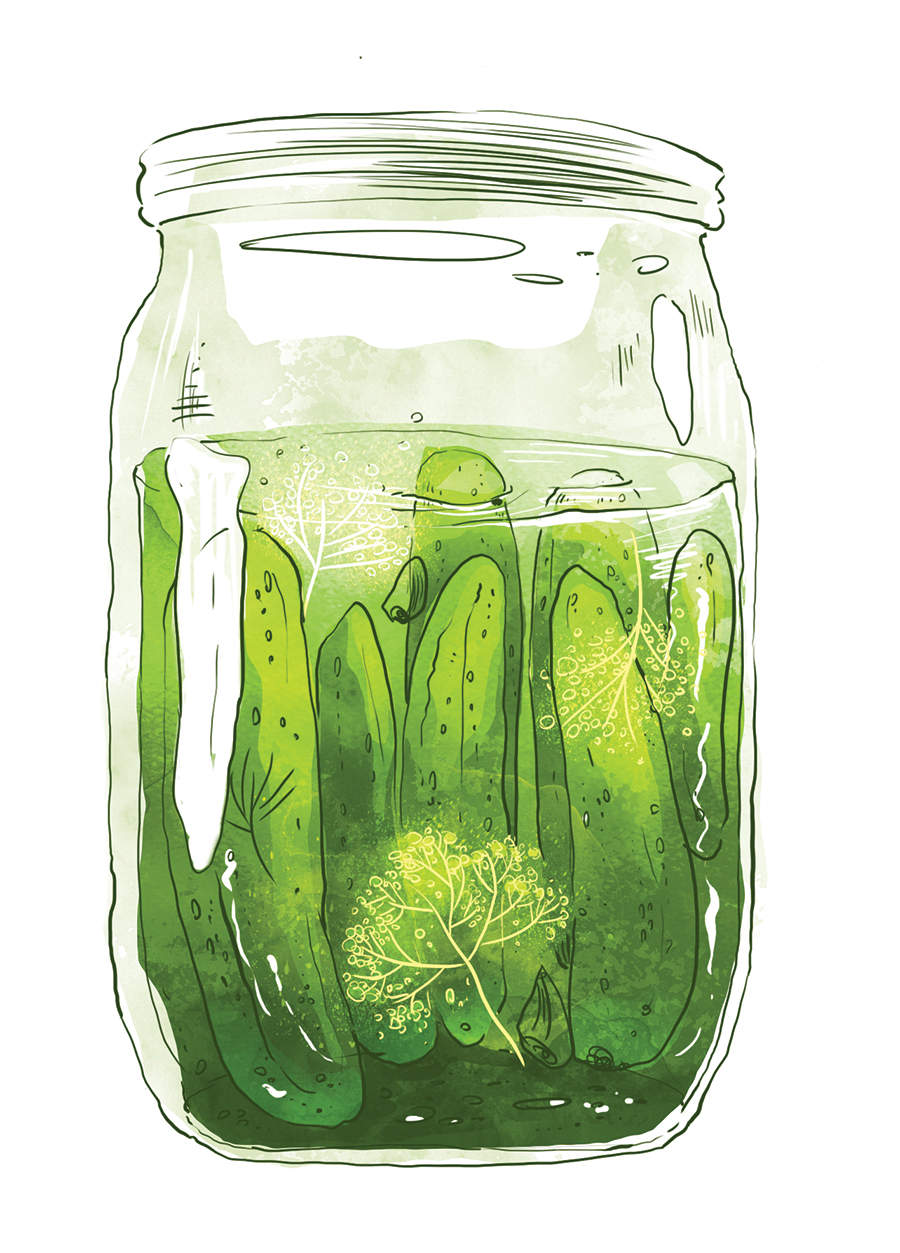
2. Party in an Envelope
Happiness comes in tiny pieces. I had only to stroll through my neighborhood of Latham Park (chalking up two scientifically proven methods toward claiming happiness — walks in the park and sunshine) that led me to a eureka moment, inspired by a neighbor, Kimberly Lewis and her birthday cards.
A candy-making, dog-loving, genuinely happy person, Lewis makes a signature candy and leaves it at the doorstep during the holidays, works with animal rescue and is always the first onto a dance floor. When her friends’ birthdays roll around, she sends them cards stuffed with sparkling confetti.
I think of the confetti as a ‘party in an envelope!’” says Lewis. Think of the bright bits of colored paper, the exuberant stuff of New Year’s Eve and the very hallmark of celebrations, as the B-12 of happiness. (The English word “confetti” — borrowed, by the way, from Italian — is the plural of “confetto.” It is derived from the Latin confectum and was a sweet confection thrown out to crowds during carnival. That’s a tiny shot of happiness expressly for wordsmiths.)
According to a designer named Ingrid Fetell Lee, Lewis is onto something. In a recent Ted Talk, Lee explains that confetti makes us happy. Incorporating its bright primary colors and shapes into institutional places — hospitals and schools, for example — jollies things up. No more gunmetal gray or sickly sea green.
3. Embracing a Medium in the Road
On another saunter in Latham Park, I encountered Gaura, a Hare Krishna devotee, as he was seeking a mulberry tree. Gaura had been feasting on mulberries along the park path. “A superfood,” he declared. As we directed him to Smith Street and cracked jokes, he grew serious. “You must be wise to be witty,” he said, and thanked us profusely for being “gurus on my path.”
4. Ben Franklin
The self-help section of any bookstore reveals to see how obsessed — and conflicted — we are with happiness.
When my sister’s house was being cleared following her sudden death last winter, I was surprised to discover one of the books on her bedside table was Gretchen Rubin’s The Happiness Project. Opening it, I found my sister’s favorite pewter Celtic bookmark inside along with some scribbled notes.
The find puzzled me. We both enjoyed humorists like Rick Bragg — and I also found some of his works she’d recently read. But the mystery was, what to make of my sister’s seeming happiness? She had the kind of robust laugh that fills a room. I was eager to know what the book contained.
It was a dreary read. Rubin road-mapped a self-flagellating flog to become happier. Among Rubin’s recommendations were to nag less, which her husband acknowledged helped his own happiness, work out more and keep the house shipshape and organized. It was obvious she had a number of compulsions to be perfect. By the end of the book, I wanted to send Rubin’s much-nagged husband a sympathy card.
If self-improvement is, in fact, the road to happiness, then I’ll put my money on Ben Franklin’s 13 virtues. To recap, they were: temperance, silence, order, resolution, frugality, industry, sincerity, justice, moderation, cleanliness, tranquility, chastity and humility. In a dogged pursuit, Franklin charted and recorded his efforts to happiness. (An editor comments “Knowing Poor Richard, no doubt temperance and chastity had their share of marks.”) But the view was worth the climb. In later years, Franklin admitted he’d fallen short of his ambition “yet I was, by the endeavour, a better and a happier man than I otherwise should have been if I had not attempted it.”
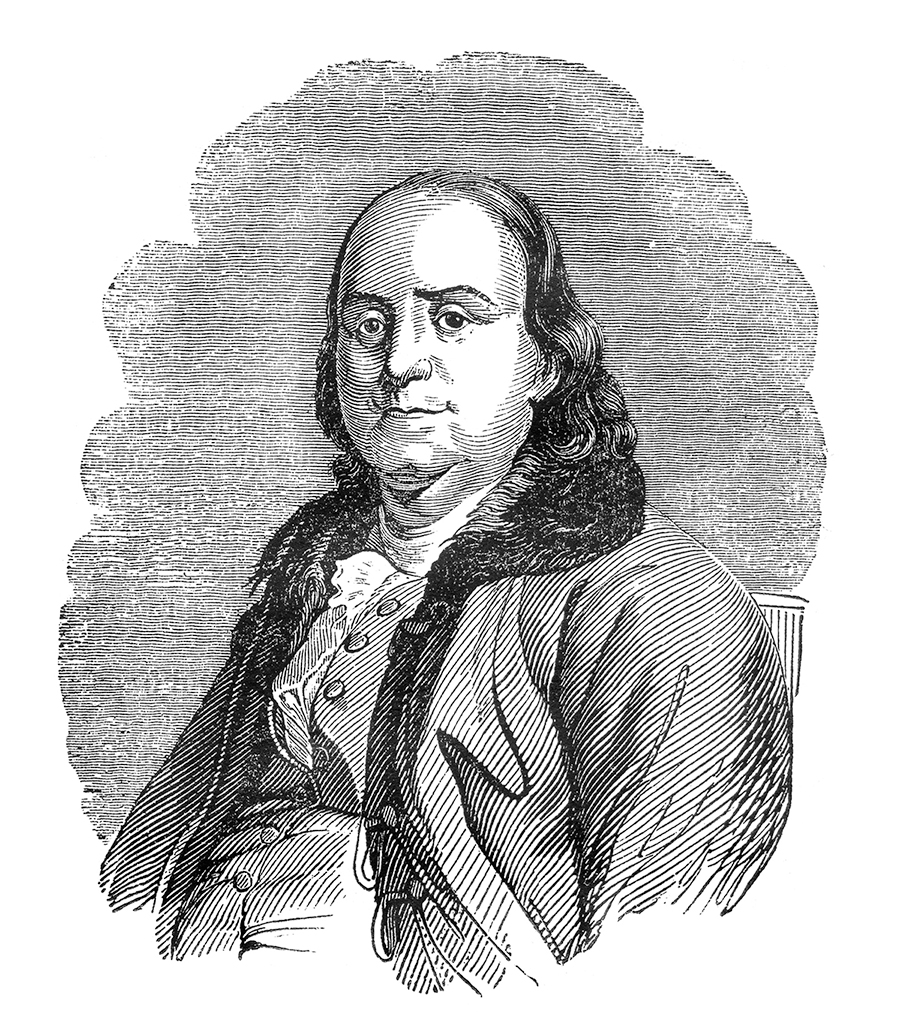
5. Warts and All
In a recent editorial meeting, O.Henry editor Jim Dodson mentioned a title on his reading list, The Second Mountain by David Brooks. “He explains the difference between joy and happiness,” says Dodson. “Joy is better.” He advises not to confuse the two.
If the consensus is that joy is longer lasting, perhaps Franklin was onto something, reconciling the good and bad, the inevitable failing in the attempt to be perfect. He had out-Rubined dour Rubin, charting his successes and failures on the way to finding virtue. And he found time for nude “air baths!”
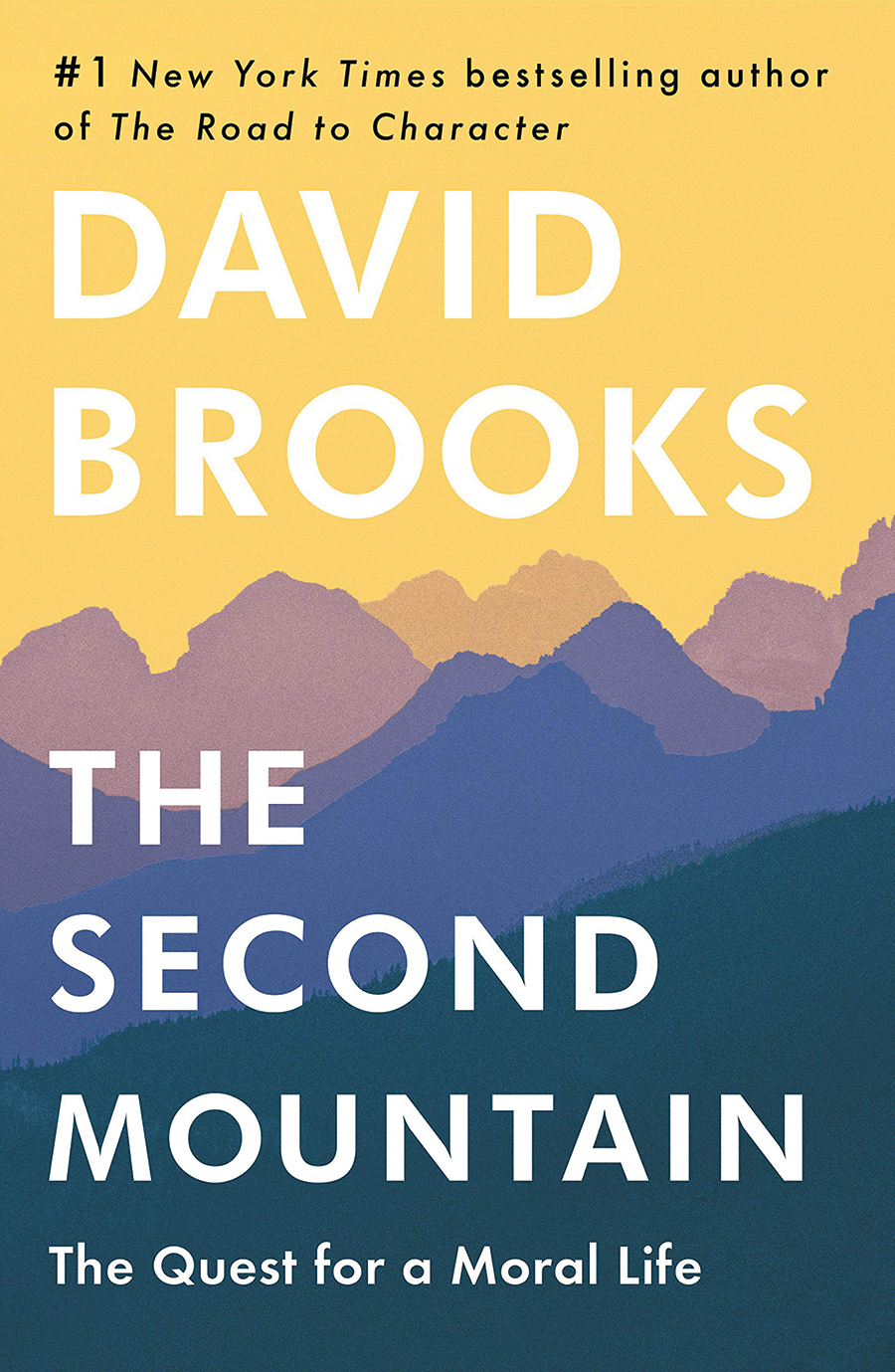
6. Happy Hour
Most days, I’m happy. Admittedly, I’m not a zippity-do-dah morning person, but a let’s-talk-after coffee sort. If my happiness was a car, it would be a trusty diesel — once jollied up, fully fueled and caffeinated, I’m pretty damn happy till Happy Hour.
Oh, Happy Hour! It’s wrapped in the clichés of blinking neon martini glasses, bottomless pitchers and mounds of tortilla chips.
But literary types know it is as old as writing itself. It seems that the idea of a happy hour is Shakespearean — straight out of Henry V! “Therefore, my lords, omit no happy hour . . .”
Here again are two more scientifically proven methods to happiness: a glass of wine, or better yet, sharing a glass of wine and enjoying pals. Ben Franklin offered that wine is a “constant proof that God loves us, and loves to see us happy.” Tippling a little among those whose company you enjoy can lead to a few laughs. Which brings me to. . .
7. Laughter
I became a Certified Laughter Leader after a chance airport encounter with Dr. Patch Adams. (Remember the 1998 biopic starring Robin Williams as Dr. Hunter Doherty “Patch” Adams?) Though he was on his way to minister to the sick in some of the world’s most cheerless, impoverished hospitals, the good doctor truly believed that laughter was the best medicine and invited me to take his laughter training course.
He and fellow volunteers (and you can add volunteering to yet another scientifically proven step to happiness) dress as clowns “to bring humor to orphans, patients and other people.” He calls his program, “clown care.”
Dr. Adams is also the inspiration for our dog’s name, Patch Adams, a pup who is eternally happy, my husband says.
I took the laughter training. The thing is, deep laughter promotes deep breathing, which may not transport you to happiness but it does promote less . . . unhappiness.
8. A Warm Puppy
And though it was Peanuts gang creator Charles Schulz who coined this one, I had only to look to Jane Gibson, a much-loved Hospice and Palliative Care Center staffer, to put it in context. She copes with seriously sad issues on a relentless basis. But she is invariably able to find a silver lining in the darkest cloud. For Gibson, the key to her happiness is humor.
“I always find talking to someone with a good sense of humor gets me back up,” she offers. Her husband, Paul Gibson, is known as a master of the witty comeback and wry observation. Just ask Jane: He suggested naming their new puppy Kayak upon registering Jane’s shock one Christmas morning. “It was the same bewildered look I gave him when he gave me a kayak another Christmas,” she laughs.
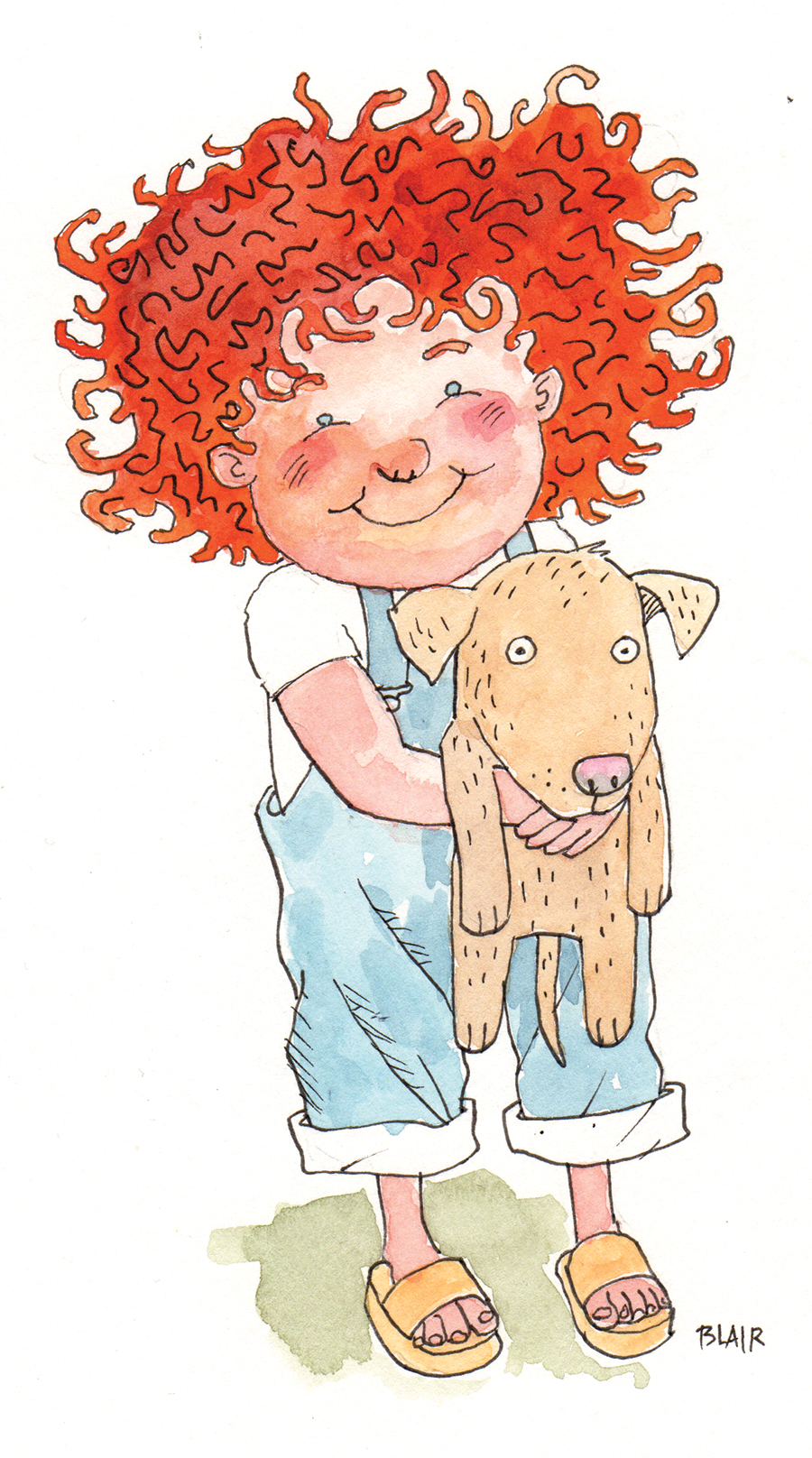
9. Catch a Sense of Humor
This goes beyond Paul Gibson’s quip or Patch Adams’ panacea, laughter, but the spark that engenders both.
This is what Gaura was talking about.
But where does it come from?
Get your catcher’s mitt out and be ready. For it is “caught, not taught,” I learned from found Helen Canaday, a beloved UNCG professor who directed the successful on-campus Nursery Program while teaching about child development. Psychologists would often observe the toddlers in her charge, determining and analyzing aspects of personality. Canaday believed humor was vital to a healthy adulthood and meaningful life. One needed to be in possession of one’s wits, she reminded me. She was of a generation who still described someone dull as a “half-wit.”
She personally was a full wit, possessed of a wonderful, ready laugh. If anyone would know what was funny, Canaday would, having made a lifelong study of children.
And she always made me laugh with her observations about the foibles of adults.
Then she commenced to answer my question, but with difficulty, which was unusual. She started with the dictionary.
“I do have what Mr. Webster has,” she said finally, “which is, ‘the mental quality or faculty of experiencing or appreciating the ludicrous or absurdly incongruous;’ something designed to be comical, amusing or witty.”
I pressed that I wanted to know what she — not Webster — thought.
“Well, I was trying to, and I haven’t finished working up a definition,” she faltered. “I do think that humor is caught not taught . . I think it is learned vicariously.”
She offered something fascinating. “You can teach children to be respectful, to be friendly, to love. You can teach children all the other aspects of the personality, but I don’t think you can teach them humor.”
Then, the good professor observed that certain humor is innate, saying “even babies will laugh.”
Canaday added something I underscored in my notes. “I know people who never, ever enjoy humor,” she said ruefully. “I think they participate, but they don’t have a feel for it.”
A feel for it.
Having a feel for humor — is that it? Do we feel our way towards happiness? Uh oh. Scratch that. It sounds lascivious, just writing it, but you know what I mean, and (bonus!) it did make me giggle.
10. If All Else Fails — Ice Cream
If you do a Google-search of good humor, the first 10 entries all concern ice cream brands. (Remember Good Humor?) I once attempted to eat my way to good humor-fueled happiness in the third grade by saving all my lunch money up for ice cream. And my husband took the factory tour of T. Wall and Sons Ice Cream (once the largest manufacturer of ice cream in the world) so many times when he was a boy (probably eight times) that they finally waved him through for the complimentary ice cream at the end. Day after day.
A child of any age can be forgiven for believing ice cream is a path to happiness. Whether your choice is chocolate, vanilla, strawberry, Rocky Road or Cherry Garcia, it sort of is. Even the writers at Psychology Today concede this much: “small indulgences” are potential happiness boosters. Not to mention the sugar high.
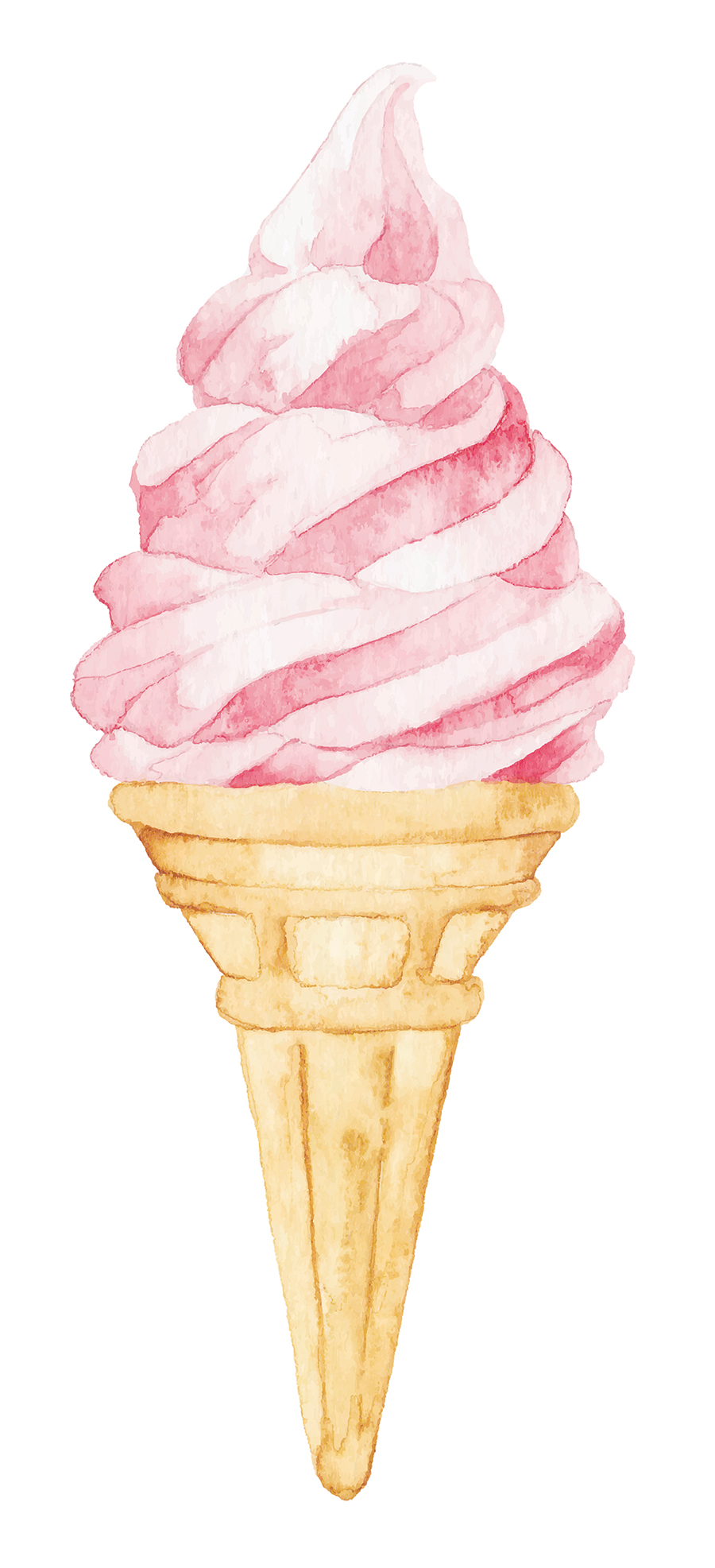
11. Natural Highs — and Lows
All those scientific researchers must be pretty damn happy with their lists of other proven recipes for happiness that include making your bed, rumpuses (think: fun) and travel — unless you’re waylaid by TSA agents or your flight is cancelled. And for millennia, circles. (It’s a 40,000-year fixation; Manuel Lima explains the reasons we are attracted “to curvilinear shapes” over angular ones. Which brings me full circle to Psychology Today that beat Second Mountain-eer Brooks to the punch. They had already summited. Happiness “is not the result of bouncing from one joy to the next; researchers find that achieving happiness typically involves times of considerable discomfort.”
Was I just one pickle juice swig away from a good gut and all-encompassing happiness? Did I, as Canaday said, have a feel for it?
I felt something, I truly did! A smile tickled up from the corners of my mouth as pickle juice trickled out and I contemplated me, white water and a new kayak. OH
Cynthia Adams is fascinated that Happy Hour is illegal in Kansas. It is also illegal for Kansans to serve wine in teacups, which automatically makes her happier.



